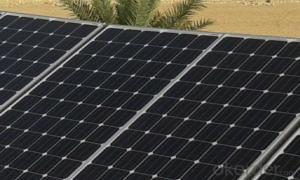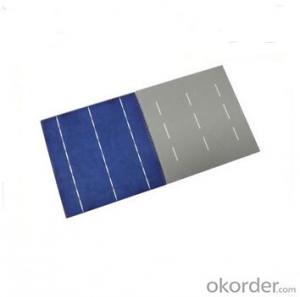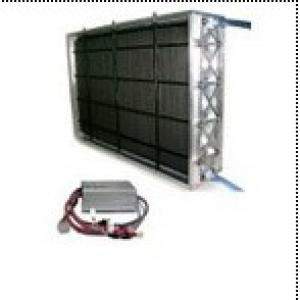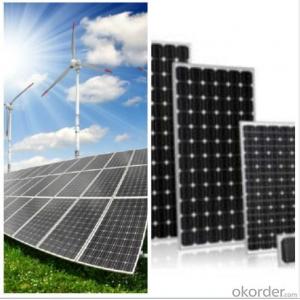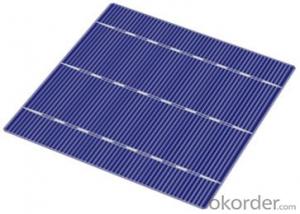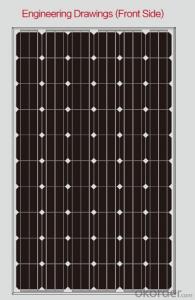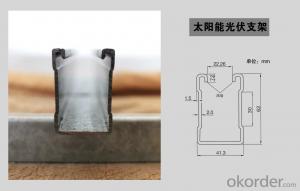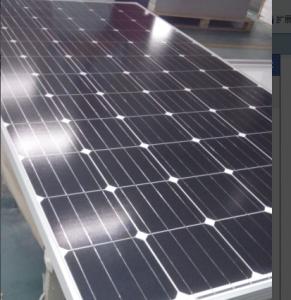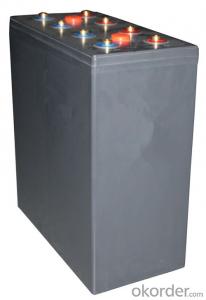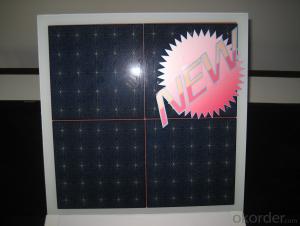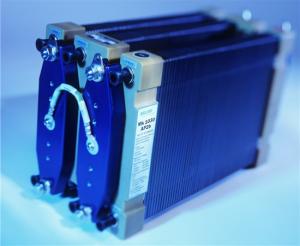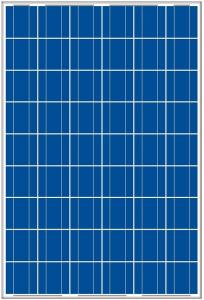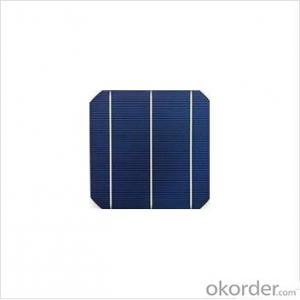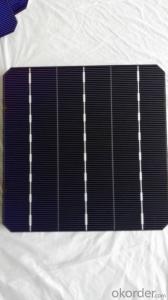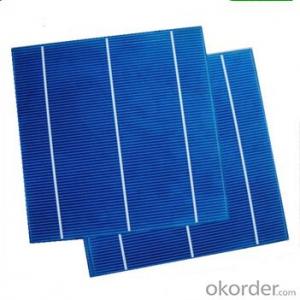Rectenna Solar Cells
Rectenna Solar Cells Related Searches
Rec Solar Cells Ruthenium Solar Cells Residential Solar Cells Photovoltaic Solar Cells Rv Solar Cells Biogenic Solar Cells Compact Solar Cells Lightweight Solar Cells High Temperature Solar Cells Free Solar Cells Solar Energy Cells Hexagonal Solar Cells Raw Solar Cells Flex Solar Cells Organic Solar Cells Cigs Solar Cells Bacteria Solar Cells Pecvd Solar Cells Satellite Solar Cells Large Solar Cells Nano Solar Cells Cdte Solar Cells High Efficiency Solar Cells Cis Cigs Solar Cells Cdte Thin Film Solar Cells Foldable Solar Cells Excitonic Solar Cells Ibc Solar Cells Algae Solar Cells Electric Solar CellsRectenna Solar Cells Supplier & Manufacturer from China
Rectenna Solar Cells are innovative devices that utilize rectifying antenna technology to convert electromagnetic energy into electrical power. These advanced solar cells are designed to capture and convert energy from various sources, including solar radiation, radio waves, and microwaves, making them highly versatile in their energy-harvesting capabilities. The unique design of rectenna solar cells allows them to operate efficiently in a wide range of environments, making them suitable for various applications and usage scenarios. From powering remote sensors and communication devices to providing energy for off-grid locations, rectenna solar cells offer a reliable and eco-friendly solution for energy generation.Rectenna Solar Cells are increasingly being adopted in various industries due to their ability to harness energy from multiple sources, making them an ideal choice for applications where traditional solar panels may not be sufficient. They are particularly useful in areas with limited sunlight or where there is a need for a continuous power supply regardless of weather conditions. The versatility of rectenna solar cells also makes them suitable for integration into various systems, such as electric vehicles, drones, and even wearable devices, where energy efficiency and sustainability are paramount.
Okorder.com is a leading wholesale supplier of Rectenna Solar Cells, offering a comprehensive range of products to cater to the diverse needs of customers worldwide. With a large inventory of rectenna solar cells, Okorder.com ensures that businesses and individuals have access to high-quality, reliable, and cost-effective energy solutions. By partnering with Okorder.com, customers can benefit from competitive prices, fast shipping, and excellent customer service, making it a trusted choice for sourcing rectenna solar cells and other energy-related products.
Hot Products










